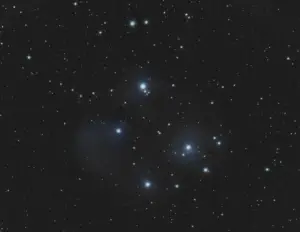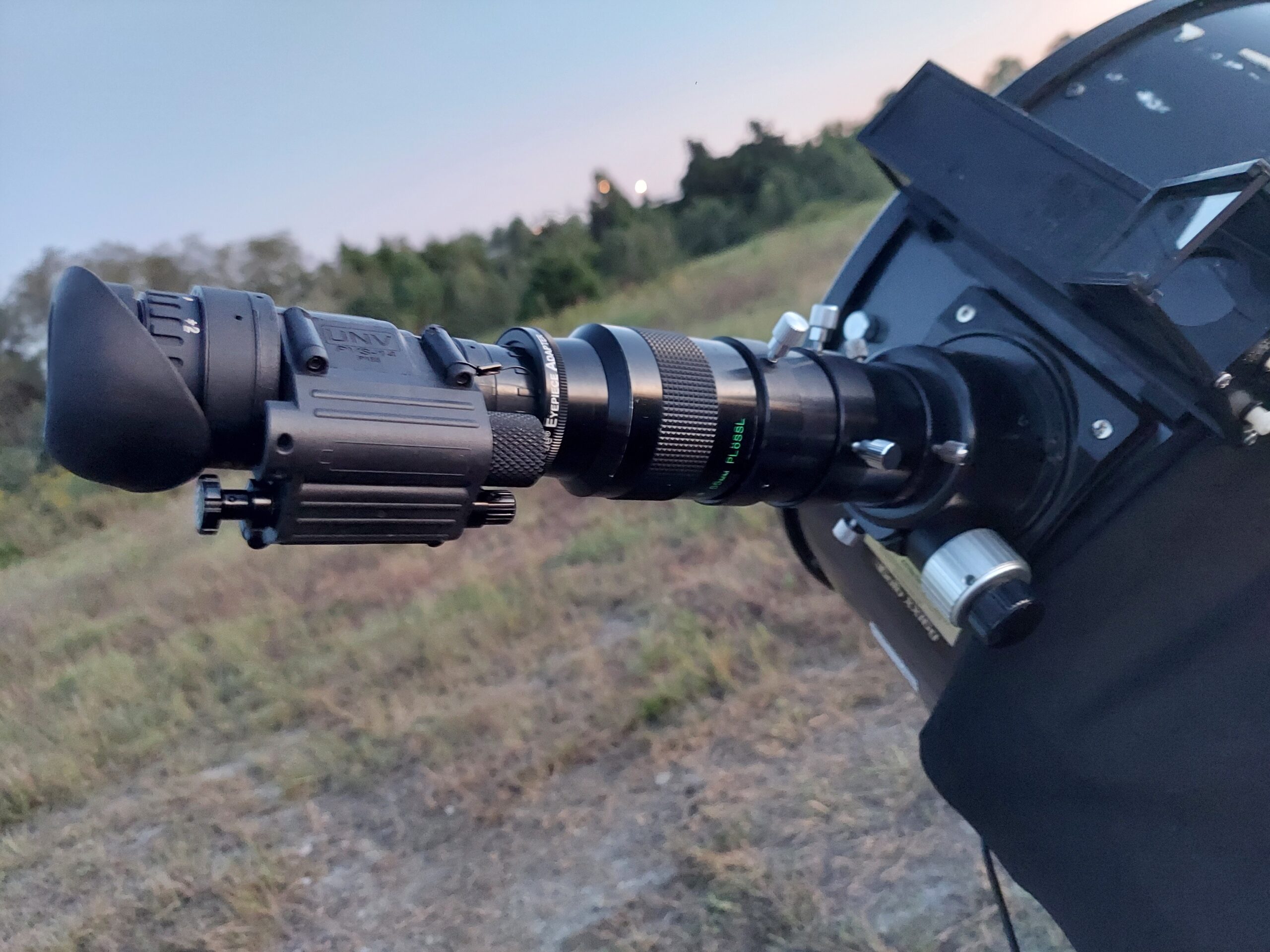When shopping for telescope eyepieces, you will often come across terms like “fully coated”, “multicoated”, or “fully multicoated”.
In this article we will discover why optical lenses are coated, discuss how they work, and examine the differences between types of coatings.


What Are Eyepiece Coatings?
The light which is reflected does not pass through the eyepiece and into your eye. Eyepiece coatings are designed to reduce reflections and thereby improve light transmission. This increased transmission provides brighter images with higher contrast, which is especially critical when viewing faint celestial objects.
As I’m sure you’ve noticed, glass surfaces are reflective. For optical glass, this is a problem. After all, you want your telescope and optical accessories to transmit light, not reflect it.
Each glass surface can reflect a certain percentage of incoming light (4% is an often-stated figure), and eyepieces can have anywhere from 3 to 10 lens elements, each with a front and back surface. That’s a lot of compound reflection!
The other big advantage to coated optics is a reduction of internal reflections, ghosting, and glare:
- Internal reflections cause stray light to dance around your field of view.
This can be light from your surroundings, such as a streetlight, slipping past the eyecup and into the eyepiece.
They can also be caused by light from the exit pupil reflecting off your eyeball before bouncing around the lens surfaces.
- Ghosting occurs when a faint “ghost image” of an object appears in the field of view.
- Glare is light from a nearby bright object spilling into your field of view, reducing contrast.
Eyepieces with inferior coatings may provide acceptable views for some objects more than others.
You are unlikely to notice a decrease in light transmission when viewing the moon, for instance, but faint galaxies will certainly be impacted.
On the other hand, an eyepiece which performs fine for faint objects may exhibit annoying reflections and ghost images on the moon and planets.
I’ve found this to be the case even with relatively expensive eyepieces, like the Celestron Axiom LX, and certainly on cheaper eyepieces like the Orion Expanse.

How Do Coatings Work?
These ultra-thin coatings are made from compounds with certain refractive properties, such as magnesium fluoride or titanium dioxide, and applied to the glass surfaces in specialized labs. The refractive properties of these materials combine with their precise thickness, which is a fraction of the wavelength of light at certain colors, to effectively cancel out reflections using destructive interference.
Because a single layer of coating can only cancel the reflections of one wavelength (color) of light, multiple layers are required to create a “broadband” coating which will cancel reflections from a wider range of the visible spectrum.

The effectiveness of the coatings will depend on several factors:
- The type and quality of the material.
- The precision of the thickness in relation to the thickness of the glass.
- The number of glass surfaces which are coated.
- The number of layers applied to each surface.
Fully Coated Vs. Multicoated
Now we will examine the common terms describing optical coatings.
The first thing to know is that eyepieces contain more than one lens. The lenses inside an eyepiece are called lens elements, and these elements are often cemented together in groups.
The common Plossl eyepiece, for example, contains four elements in two groups.
This means that it has four air-to-glass surfaces (front and back of each group), while the remaining four surfaces are glass-to-glass.
More complex designs may contain as many as ten elements in several groups.

Coated
This term indicates that an eyepiece has at least one layer of coating on at least one lens surface (usually a single layer on the top surface of the eye lens). In other words, this is the bare minimum amount of coating that an eyepiece should offer.
Fully coated (FC)
Fully coated eyepieces have one layer of coating on all air-to-glass surfaces.
Multicoated (MC)
Multicoated eyepieces have more than one layer of coating on at least one air-to-glass surfaces.
The other surfaces may still be coated but you can only be sure of this by reading the product description or examining the eyepiece yourself.
Fully multicoated (FMC)
Generally the gold standard, an FMC eyepiece will have more than one layer of coating on all air-to-glass surfaces.
You cannot judge the quality of an eyepiece on coatings alone. However, it is generally true that only the cheapest eyepieces are simply “coated”, whereas most decent-quality models are fully multicoated.
The overall quality of the eyepiece depends more on the type of glass used, the quality of the polish, and the precision of the coating application than the coatings themselves.
High-end eyepieces use top quality coatings which are precisely matched to each lens element.
The lenses are highly polished, with blackened edges to increase contrast.
They also use extra-low dispersion glass such as lanthanum.
These are a few of the features which make premium brands like Pentax and Tele Vue worth the extra money.
Inspecting Eyepiece Coatings
The best way to find out about the coatings on an eyepiece is to look up the specifications.
If you don’t have access to the spec sheet, you can glean a certain amount of information from a careful visual inspection. Here are a few things to look for:
- When looking down the eyepiece barrel, it should be difficult to see your reflection. The glass should appear dark.
- When viewed from an angle, multi coated glass has a glossy appearance and often with a purple or greenish tint. This is not due to the color of the coatings, but rather to the destructive interference they create at certain wavelengths.
- Glass with inferior coatings will appear noticeably lighter and more reflective.
- The barrel of the eyepiece sometimes has abbreviations such as FC or MC to indicate the type of coating employed.
- While specks of dust and smudges from eyelash grease are unavoidable, the coatings should not appear spotty or faded. If they do, they may have been damaged by fungus or improper cleaning.










